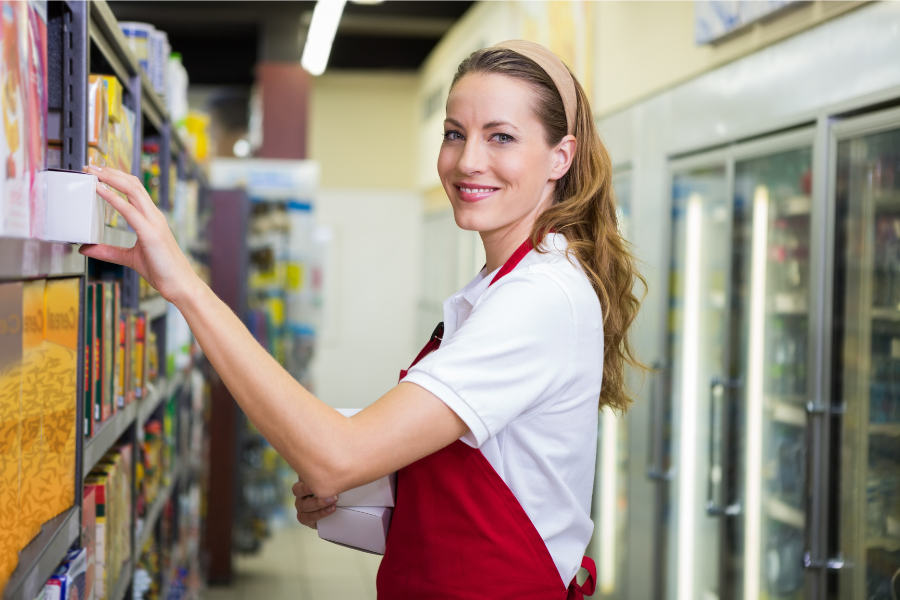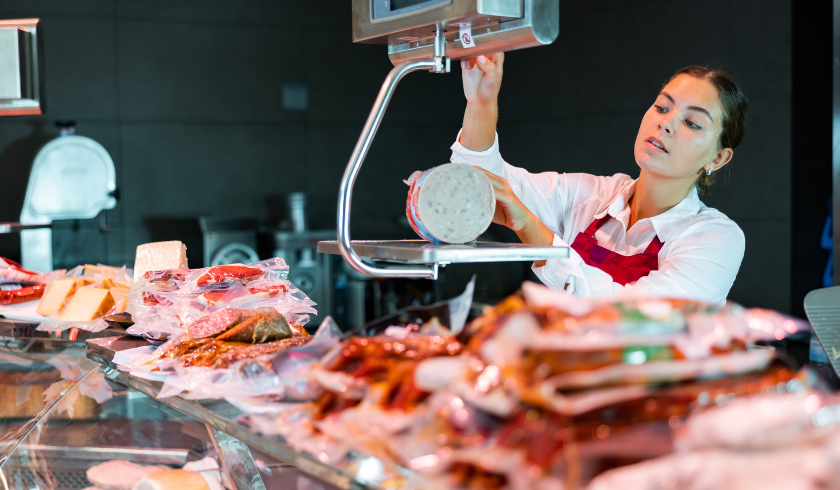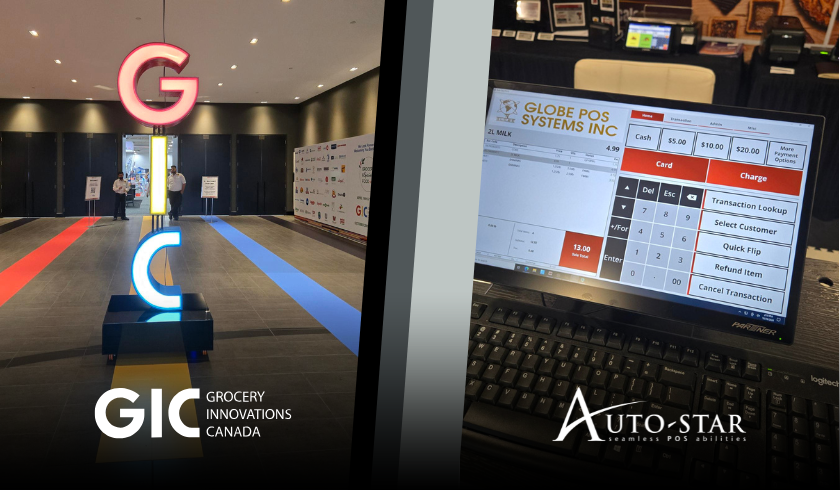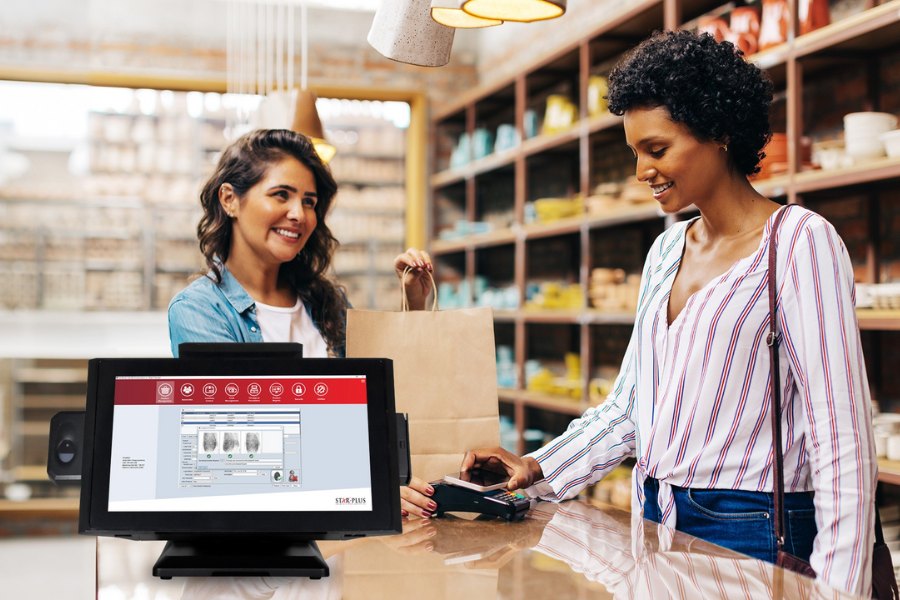The grocery delivery market worldwide is set to achieve a staggering revenue of US$770.90 billion this year. This market is expected to display a robust compound annual growth rate (CAGR) of 11.82% between 2024 and 2029, resulting in a projected market volume of US$1.35 trillion by 2029. As evidence of these global trends, integrating a delivery service into your grocery store can significantly enhance customer satisfaction and expand your market reach. By leveraging specialized delivery software solutions, you can streamline operations and provide a seamless experience for your customers. Here’s a step-by-step guide to help you implement a delivery service effectively.
1. Choose the Right Grocery Delivery Software
Implementing a robust grocery delivery software solution is crucial for managing orders, tracking deliveries, and maintaining customer satisfaction. For instance, the Star-Plus delivery software offers comprehensive features that streamline the entire delivery process, from order placement to final payment. Key benefits include:
- Streamlined Grocery Delivery Management: Handle the entire delivery cycle seamlessly, ensuring efficient operations and accurate record-keeping.
- Enhanced Customer Satisfaction: Provide fast, reliable, and convenient access to products directly at the customer’s doorstep.
- Improved Workflow Efficiency: Manage orders, check product availability, process and pick orders, generate invoices, and oversee deliveries with a single tool.
- Comprehensive History Tracking: Keep detailed records of sales, inventory adjustments, and payment settlements to support better business decisions.
2. Employ a Mobile Grocery Delivery App
An intuitive mobile grocery delivery app is essential for employees to place orders easily. Ensure that your system can:
- Update Delivery Status: Inform the customer when the order is out for delivery or has been delivered. Take a picture of proof of delivery, record the GPS location and save it to the transaction for transparency.
- Capture Signatures: Capture information about the person accepting the delivery order and their ID information to keep for future reference or disputes.
- Get Directions to the Next Stop: Have delivery locations pinned and get directions to each stop to aid in efficient route planning.
3. Set Clear Policies and Fees
Define your delivery terms to manage customer expectations:
- Delivery Fees: Do your research on how much you should be charging in delivery fees Decide on flat rates, distance-based fees, or free delivery thresholds. The right point of sale (POS) system will let you customize your shipping and handling fees.
- Delivery Windows: Offer specific time slots or same-day delivery options. Offering a large delivery time window will help minimize your costs as it allows you to group deliveries to people living nearby at your specified time. It is a common practice to group deliveries between morning or afternoon on a given day.
- Order Minimums: Set minimum purchase amounts for delivery eligibility. Larger orders generate more profit, while less order volume increases labor costs. For independent grocers, it is best to offer additional promotions to increase the minimum order size.
4. Train Your Staff
Ensure that your team is well-prepared to support the delivery service. Standard Operating Procedures (SOPs) create clear, step-by-step guidelines for receiving, picking, packing, and dispatching orders. Ensure every staff member is familiar with these procedures.
- Order Processing: Train staff to handle orders efficiently. Proper training in this area can significantly boost productivity and reduce bottlenecks in operations. Provide checklists for staff to follow during the order fulfillment process to ensure no steps are overlooked.
- Customer Service: Equip them to address delivery-related inquiries and issues. Provide scripts or guidelines for handling customer inquiries professionally, both over the phone and online. Encourage active listening and clear communication. Encourage staff to collect customer feedback during interactions to identify pain points and improve service.
- Technology Use: Provide training on any new software or devices used in the delivery process.
5. Promote Your Grocery Delivery Service
Inform your customers about the new delivery service through:
- In-Store Signage: Place posters and flyers at key locations. In-store signage captures the attention of customers already in your store, making it one of the most direct ways to promote your message. These customers are already engaged and are more likely to act on the information.
- Digital Marketing: Use social media, email newsletters, and your website. Digital marketing allows you to reach a wider audience beyond in-store customers, including potential new shoppers. It’s cost-effective, measurable, and adaptable for targeting specific demographics.
- Local Advertising: Consider ads in community newspapers or local radio. Local advertising connects you directly with your community, building trust and encouraging shoppers to support local businesses. Traditional media like newspapers and radio often resonate well with older demographics or those who prefer offline communication.
6. Monitor and Optimize
By running reports on delivery metrics, grocers can gain valuable insights to improve processes. Reports by till, clerk, drawer or driver to help evaluate employee performance, optimize resource allocation, and ensure accountability. Using date-specific reports, you can analyze seasonal trends, measure campaign success, and benchmark performance over time:
- Monitor Transactions: Keep track of pending and canceled transactions that highlight bottlenecks and help address customer concerns, reducing delays and cancellations.
- Track Payments: Track payment methods such as cash, credit card, or digital wallets for delivery orders to identify popular payment methods to ensure your business accommodates customer needs.
- Finalized Transaction Reports: Get accurate financial tracking that measures overall service success.
By thoughtfully implementing a grocery delivery service with the right tools and strategies, you can meet customer demands, stay competitive, and drive growth for your grocery store.
Ready to take your grocery business to the next level? Contact our team today to discover how the Star-Plus point of sale solution can simplify your delivery service while enhancing customer satisfaction.












